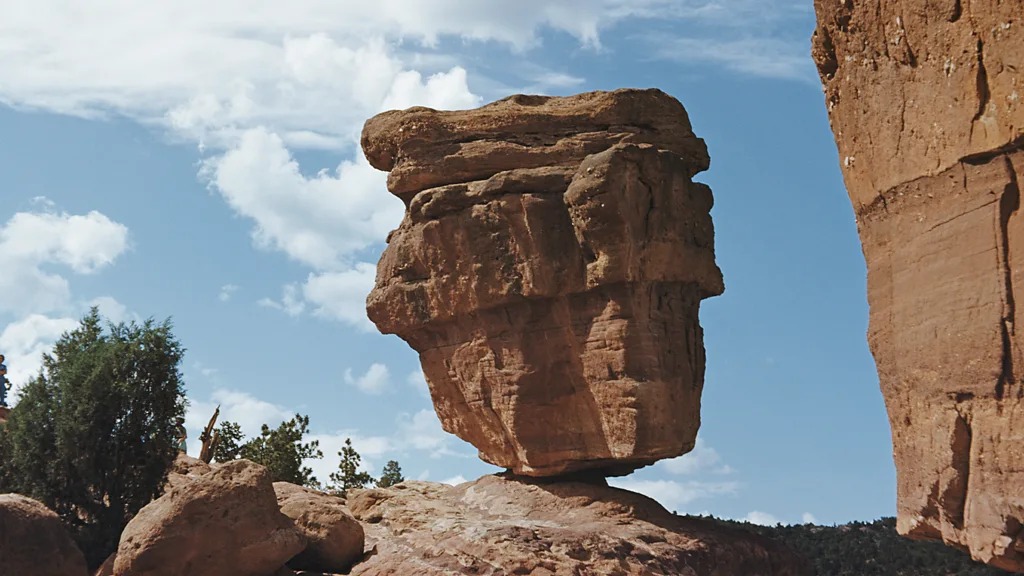
Precarious Boulders Defying Earthquakes: Clues from Ancient Seismic Activity
Across the globe, precariously balanced rocks (PBRs) defy gravity, balancing delicately on narrow bases. These natural formations not only captivate hikers but also hold critical scientific value. They serve as “seismic witnesses,” offering data about earthquake risks long before modern tools existed.
Seismologists, like geologist Dylan Rood from Imperial College London, consider these rocks essential for understanding past ground shaking. “They are witnesses of what once happened,” Rood explains. These boulders help refine earthquake hazard maps that inform building codes, disaster plans, and infrastructure safety.
Nature’s Balancing Act: Fragile Geological Features
Precarious rocks are formed by erosion or glacial movement. Some examples include:
- Brimham Rocks in England
- Krishna’s Butterball in India
- Bubble Rock in Maine
- Golden Rock in Myanmar
The Golden Rock, revered by Buddhist devotees, exemplifies how these formations gain cultural significance. These rocks’ delicacy lies in their formation process—glaciers often deposit them in unstable positions, or erosion shapes their narrow bases.
Earthquake Data Hidden in Rocks
Precariously balanced rocks provide insights into ancient earthquakes. For instance, Omak Rock in Washington helped seismologists estimate the intensity of an 1872 quake. By analyzing these formations, researchers determine how much ground shaking occurred over thousands of years, even without historical records.
Studies of rocks in California’s Lovejoy Buttes revealed that earthquake risks might be 65% lower than previously believed. These findings improve hazard maps, helping communities better prepare for seismic events.
Learn more about earthquake studies on the BBC.
Engineering Applications: Safeguarding Critical Infrastructure
Precarious rocks are vital for assessing risks to nuclear power plants, dams, and waste repositories. The International Atomic Energy Agency (IAEA) recommends studying these formations for hazard mitigation near nuclear sites.
At Diablo Canyon nuclear plant in California, analyzing precarious rocks reduced seismic uncertainties by 50%. Similarly, ongoing research in France is ensuring the safety of hydroelectric dams and nuclear plants.
For more insights into natural disaster preparation, visit Kenkou Land.
Importance of Precarious Rocks in Seismology
By examining these rocks, geologists gain unparalleled insights into Earth’s seismic history. This data safeguards lives and critical infrastructure, providing a deeper understanding of ancient earthquakes.
When you encounter a precarious boulder, remember it’s more than a geological marvel. It’s a silent witness to the Earth’s tumultuous past and a vital tool for predicting the future.






